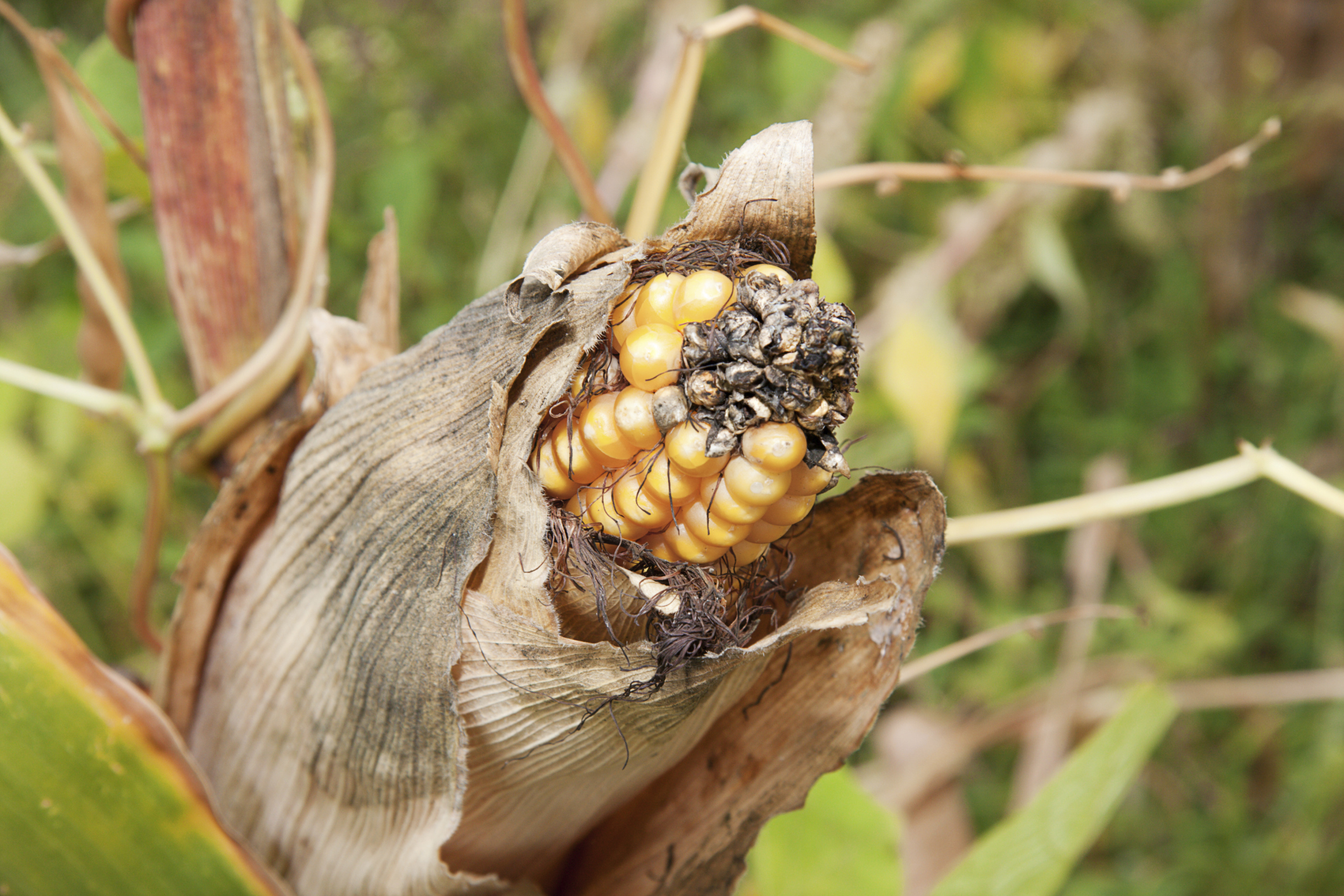Smut is the name of certain diseases of plants. Smut affects both cultivated and wild plants, but it is particularly harmful to cereal grains, such as barley, corn, oats, rice, and wheat. Smut diseases are caused by fungi that live as parasites on plants. The parasite causes damage by producing masses of black spores on the plants. In many smut diseases of cereal crops, the parasite destroys the seeds or even the grain-producing flowers of the plant.

Smut diseases in oat, wheat, and barley plants commonly damage both the seeds and the flowers. The smut diseases that most often affect wheat are stinking smut, also called bunt, and loose smut. Covered smut affects barley and oats. When the infected plants are harvested and threshed to remove the seeds, smut spores are released into the air and can attach to healthy seeds. After these seeds are planted, the spores germinate (start to grow) and infect the seedlings. The spores develop into mature fungi in the young plant’s stem, often without causing external symptoms. But after the plant matures, the fungi may destroy the plant’s flowering parts. See Wheat (Care during growth) .
Another common smut disease is corn smut. It chiefly affects the ears of the corn plant but can cause lumps of spores on any aboveground part of the plant. When the spores ripen, they are released into the air in large numbers. These spores can survive in the soil through the winter and cause disease in the next year’s crop. Corn smut is edible and is considered a delicacy by some people.
Smut-causing fungi on plant seeds can be killed with chemical treatments. Most diseases can be controlled if the seeds are treated before being planted. Some types of cereal plants are resistant to smut diseases. Many farmers cultivate these varieties rather than risk an outbreak of smut.
